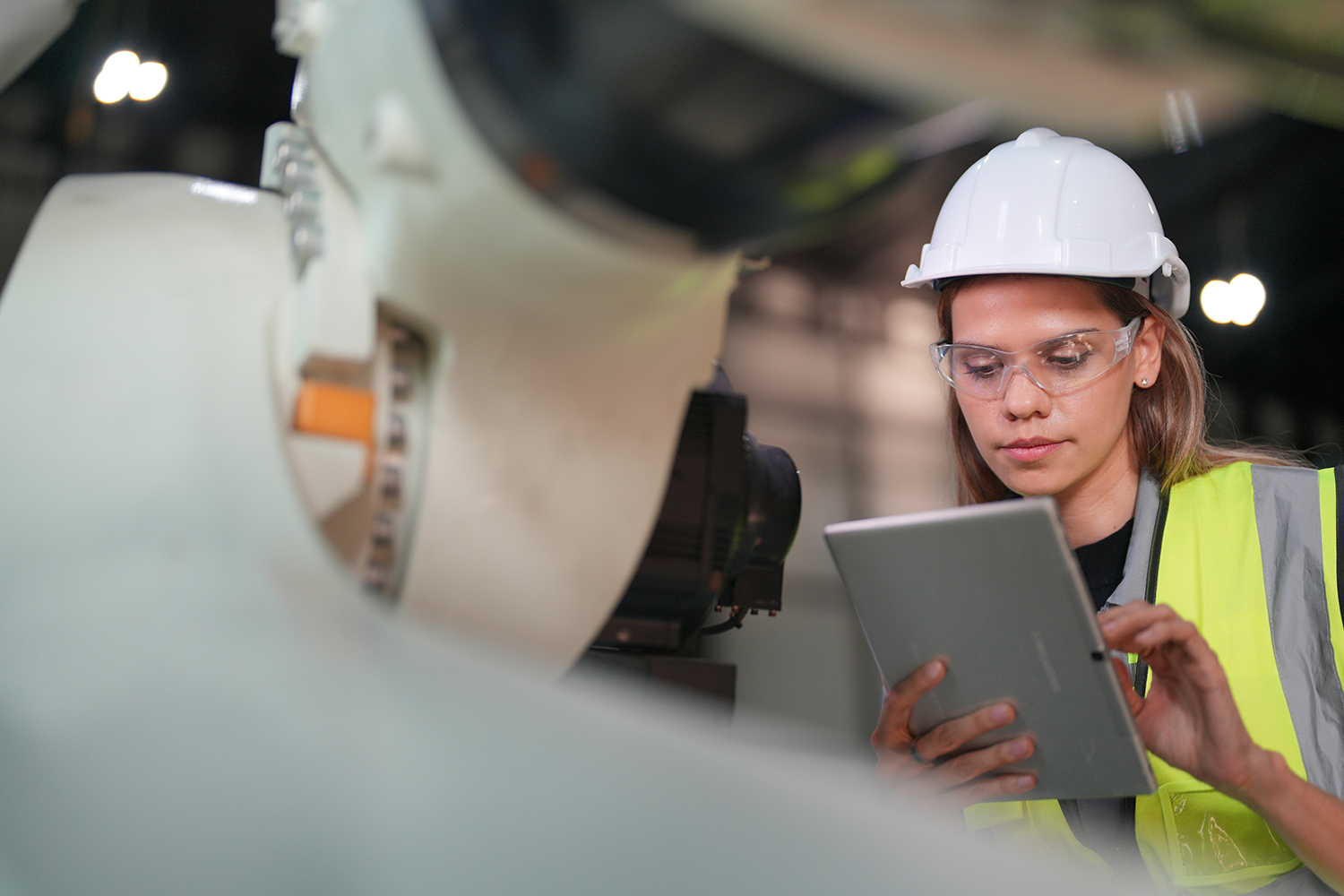To improve a production process, you first need to identify the weak links in the process. To uncover these weak links, you use bottleneck analyses. How do these analyses contribute to the continuous improvement of your company? You’ll read about it in this blog!
What is a bottleneck?
A bottleneck refers to a constraint in the production process that causes problems or delays. A bottleneck always has priority to be resolved. To do this, you start with a bottleneck analysis. Since this analysis identifies constraints, it is also known as the constraint analysis method. The bottleneck analysis can lead to the identification of two types of bottlenecks: a BN (BottleNeck) or a CCR (Capacity Constrained Resource). A BN occurs when a machine or process component cannot keep up with market demand due to a capacity issue. A CCR produces less than the maximum capacity because the process execution is not optimized. By conducting a bottleneck analysis, you can identify and resolve these weak links in the production process one by one.
What are the benefits of a bottleneck analysis?
Implementing the constraint analysis method as a standard part of continuous improvement provides the organization with several benefits. The main advantages of bottleneck analysis are:
- Increased productivity:
Addressing bottlenecks ensures that the most time-consuming tasks are optimized or even eliminated. This leads to increased productivity.
- Improved efficiency:
An organization that knows where the constraints in the production process are can work more efficiently and effectively by focusing efforts and resources on the weak points in the process. This will show an upward trend in efficiency.
- Lower costs:
Eliminating a bottleneck results in a more streamlined process and improved workflow, reducing costs and achieving optimal profitability.
- Quality improvement:
A bottleneck can jeopardize the quality of the end product. With a bottleneck analysis, you not only make the process more efficient but also directly improve quality. By resolving constraints with corrective measures, you can deliver more consistent quality by focusing more precisely on process conformance.
How to conduct a bottleneck analysis?
Conducting a bottleneck analysis is an ongoing process because there is always a bottleneck that hinders the ‘perfect’ production process. To perform a bottleneck analysis yourself, you can follow these steps:
- Analyse the process and identify the bottleneck:
This is easier said than done. Where do you start looking? First, it is important to look at the maximum capacity and efficiency and the percentage achieved in the current situation. Then, identify the process part that has made optimization difficult so far.
- Work from a realistic demand:
You can only know how much needs to be produced and how to do it as efficiently as possible if you know the market demand. You can only calculate optimal capacity if you know you will not have shortages or surpluses.
- Analyse the bottleneck and develop and implement solutions:
By analysing the bottleneck, you get to the core problem of the weak point. Once you know the problem, you can come up with effective solutions and implement them in the production process.
- Continuously improve with bottleneck analyses:
There is always a bottleneck to be found. Once you have resolved one, you can restart the analysis with a new bottleneck. This way, you proactively work on continuous improvement.
Bottleneck analysis best practices
To approach a bottleneck analysis correctly from the start, there are several methods and tools that can support this process. It is recommended to work with visual aids that quickly reveal constraints. Additionally, using the right technologies can help with data collection and implementing checklists and forms. EZ-GO is a good example of such a digital platform that provides visual insights into the production process, along with useful tools to increase standardization and efficiency. Continuous monitoring helps to recognize constraints early. This creates more time for order, cleanliness, and safety in the work environment, leading to better scores in audits.
Theory of Constraints
The TOC (Theory of Constraints) is an improvement method developed by Eliyahu Goldratt, focused on achieving shorter lead times. It operates on the principle that a production process is only as strong as its weakest link and that strengthening this weak link strengthens the entire process. By doing this repeatedly, this method contributes to continuously improving processes. The constraints here can be machines that do not function properly or are outdated, procedures that are unclear or unfeasible, or habits, beliefs, and training levels that do not align with what is needed for optimization. Here too, you are continuously working to identify and resolve these points. In this way, a bottleneck analysis is an integral part of TOC.
Getting started with a bottleneck analysis
Is continuous improvement high on your organization’s priority list, and do you want more insights into the bottlenecks of the production process? Start with the basics: a visual and digital platform that helps you quickly identify bottlenecks and easily implement changes in the step-by-step plans and instructions for the workers. This keeps everyone on the same page and saves a lot of time. We would be happy to explain what EZ-GO can do for your organization.


